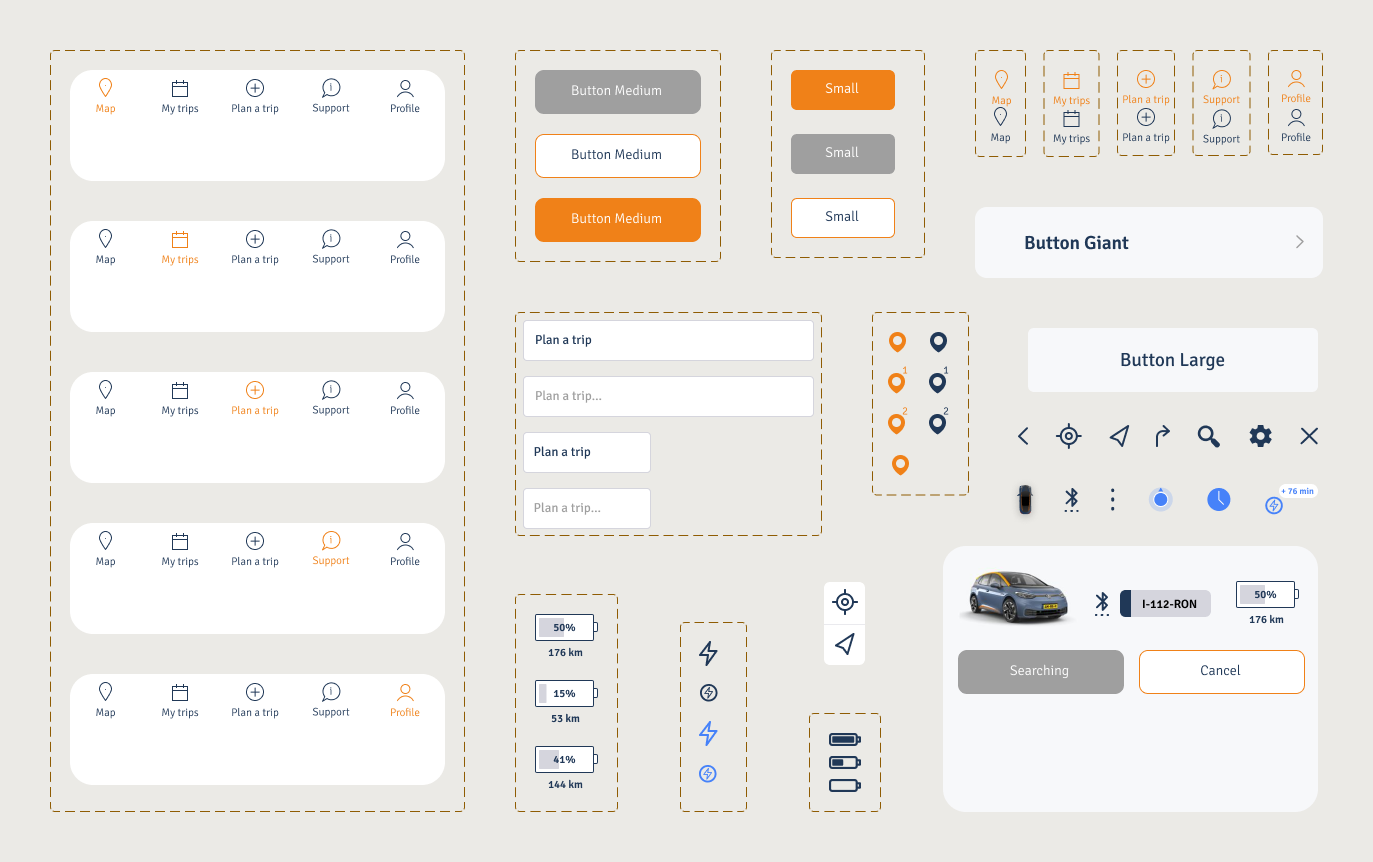Amber
Amber is a great on-demand electric car-sharing service for businesses and entrepreneurs who want to reduce their carbon footprint or don’t own a car for another reason. But what could they do better? This case study researches what I believe to be the biggest challenge with electric car-sharing: long-distance trips. So my question is:
How can we make electric car-sharing services more interesting for those who need to travel across the Netherlands for their job?
The Amber app was designed to make on-demand electric care sharing easy for businesses. But the app is not making long-distance trips worry-free, which is causing the user to pick other modes of transportation for long-distance travelling and there’s no other app that provides those solutions natively.
To solve this problem we’re going to add a new feature that combines the information of the number of km’s of the entire trip, the car battery life, and the best locations to charge the car at.
For this project, I reverse-engineered the needed components and variants from the original design, which helped me understand the design choices that Amber made. After that I added new ones that were needed for my added feature.
Below you can see an animation of my first ever high-fi design in Figma. Even though it’s bugging in some places, the animation shows exactly what the user can expect from this new feature. The result of what I believe will make electric car-sharing services more interesting to those who need to travel cross-country for their job.

